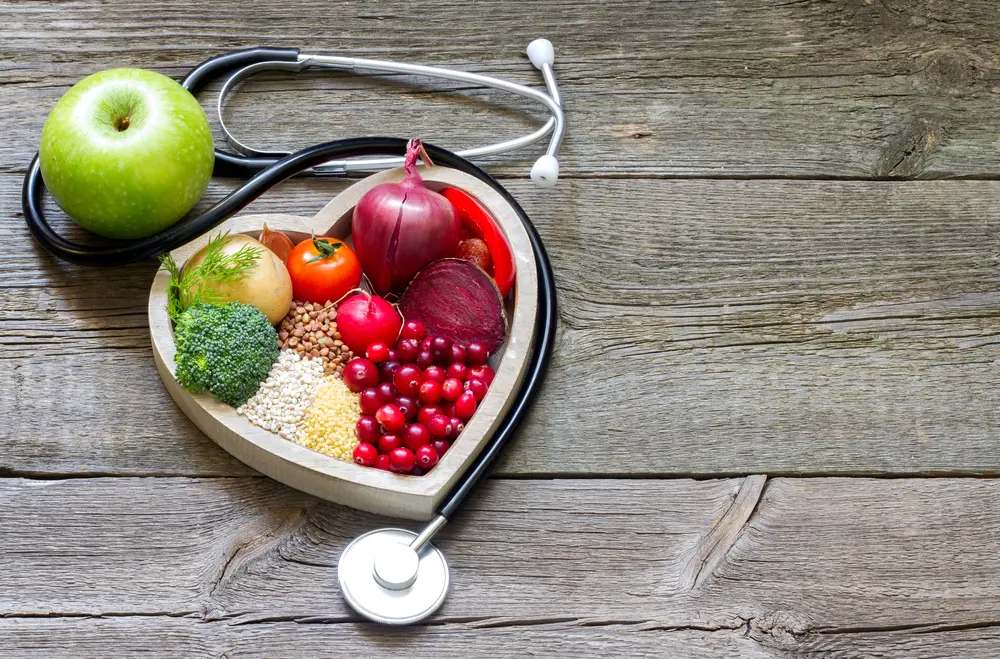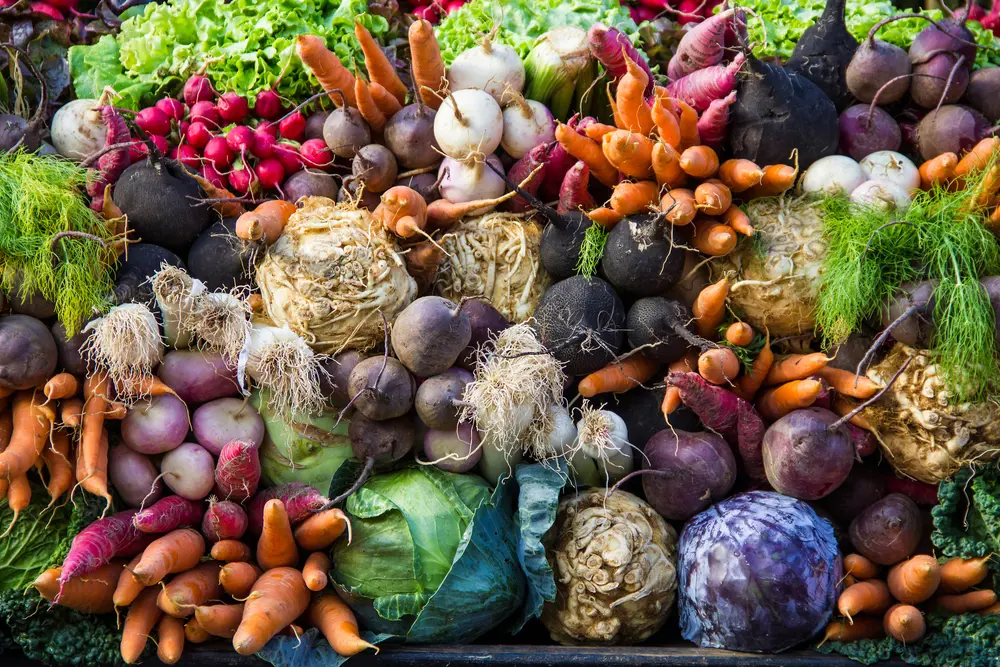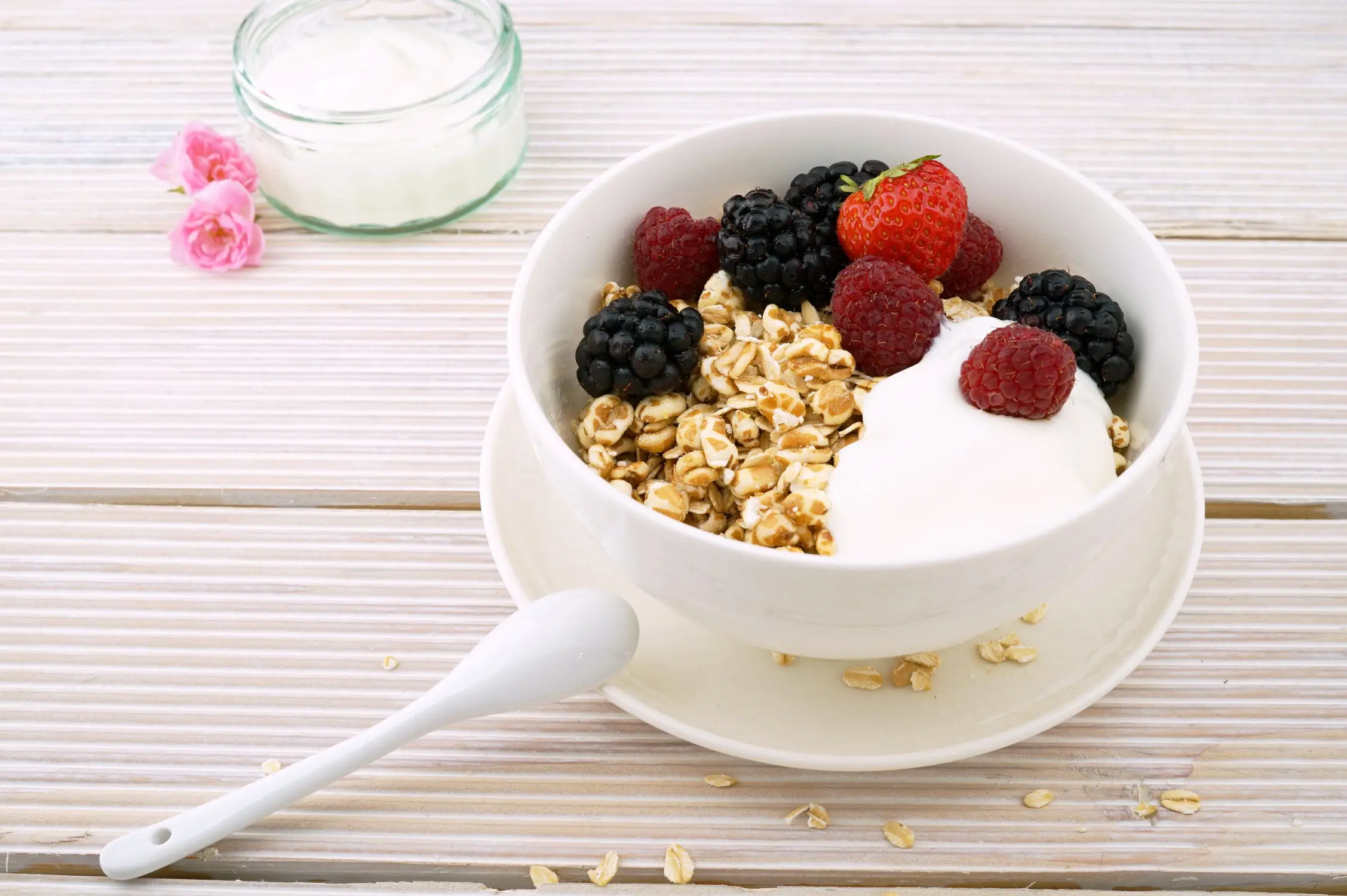
Food labels and their claims: reduced, lite, light?
Do you ever walk into the supermarket and feel overwhelmed by all the choices? With food companies making all different claims about how healthy their products are?
Nutrition
By Bio Island Nutrition Team
Do you ever walk into the supermarket and feel overwhelmed by all the choices? With big food companies making all different claims about how healthy their products are and how it will help you lose weight. Understanding how to read food labels can make this process a whole lot easier and is also one of the first steps to making healthier food choices.
Manufacturers often use nutrition food claims on their packaging to attract the shopper’s attention. While the claim may be true, they do tend to be misleading. Some claims on food labels included; reduced, light or lite? These are what the manufacturers call a ‘nutrient content claim’ which are voluntarily put on food packaging. They may suggest or imply that a food product has a particularly nutritional property including energy value, and content of protein, fat and carbohydrates as well as the content of vitamins and minerals. For a label to contain a nutrient content claim it must follow a certain criterion. For example;
Reduced – Often a lot of labels, state reduced or less. This means that the product has 25 percent less than the regular version of whatever’s being reduced. As a result, food can still have 75 percent of the original products fat/ sodium content.
Light OR Lite: Light can refer to one of two things. It can refer to a lower fat or salt content and if so, it must be lower than 50% or more the original item. For example, if the product states “lightly salted” it does not mean that it is low in sodium, but it has 50% lower sodium then the original product. However, light or lite can also refer to the texture, colour or flavour of the product. For example, Light olive oil simply means lighter in colour not nutritional content.
Low Fat – Just mean the product contains less than 3g of fat per 100g
No added sugar – Simply means the product does not contain any added sugar in the form of sucrose, lactose, honey, malt or fruit juice. There may still be sweeteners in the product so check the ingredient list.
Keep in mind if the manufacturers are taking something out of the food, they are more than likely going to replace it with something else to keep it the same texture or flavour. More than likely they will add things like fruit puree, thickeners such as modified corn starch or maltodextrin, gums and sweeteners. Unless a food clearly states on the label exactly what is in it, it is more than likely you are getting a marketing spin then any health benefits.






